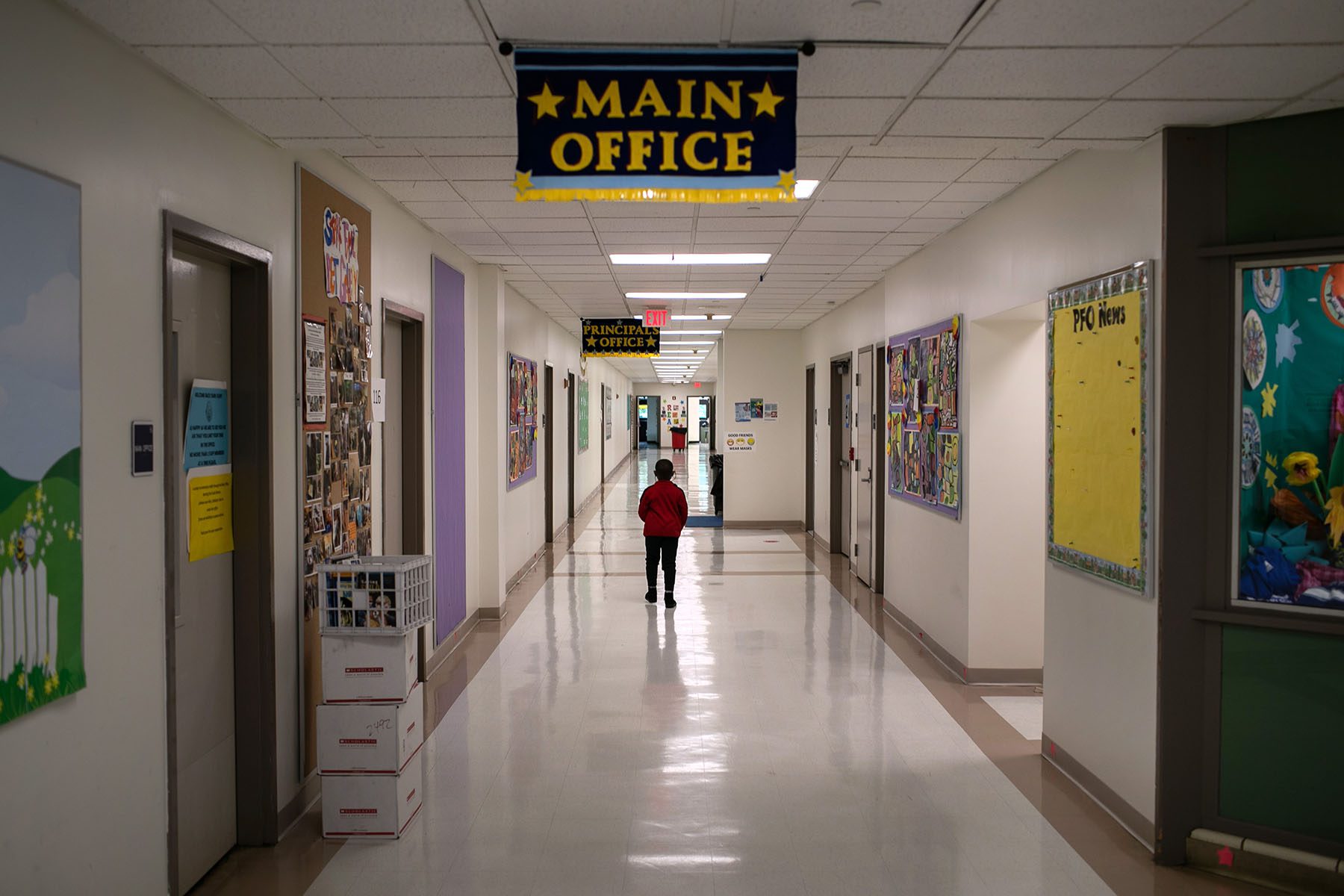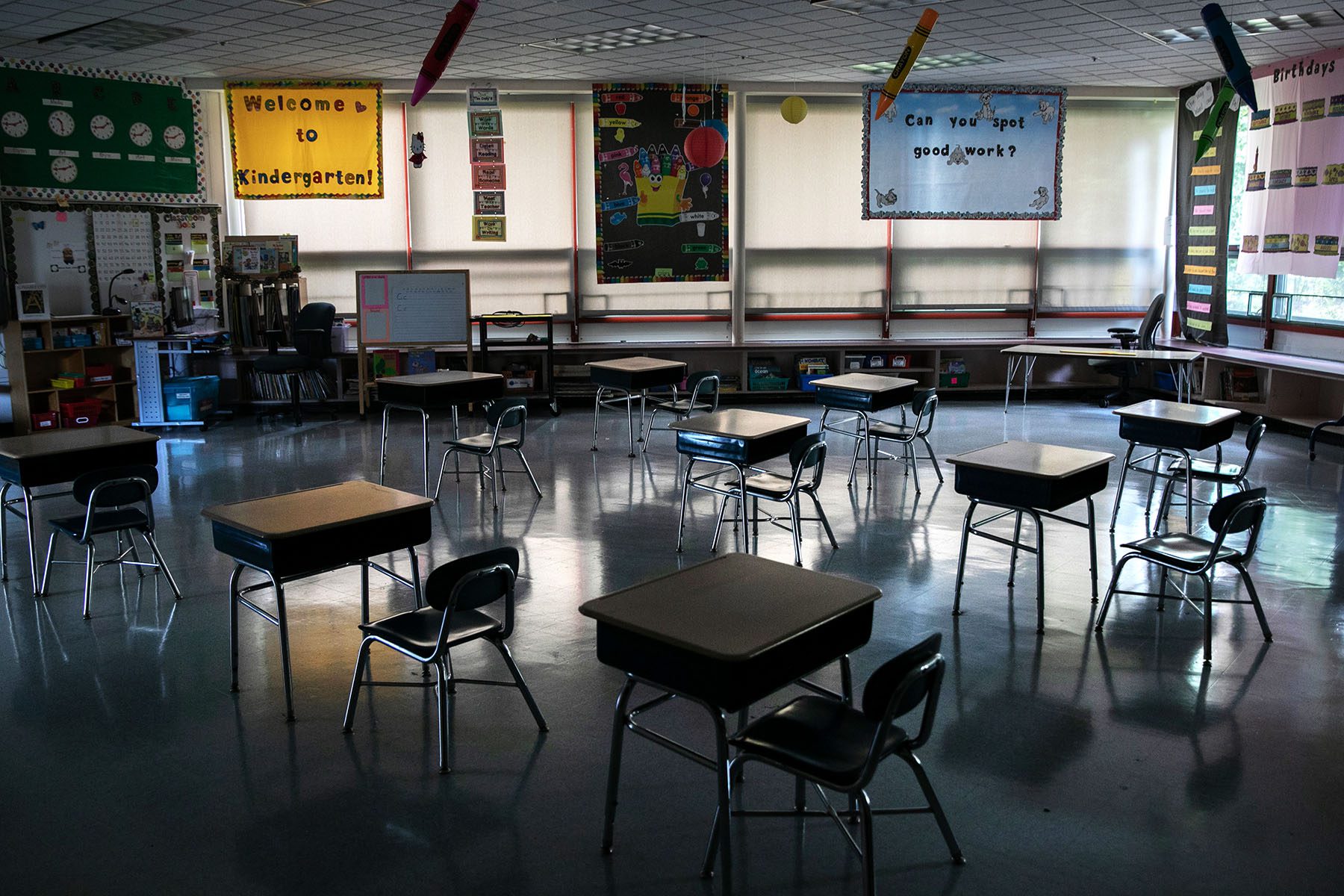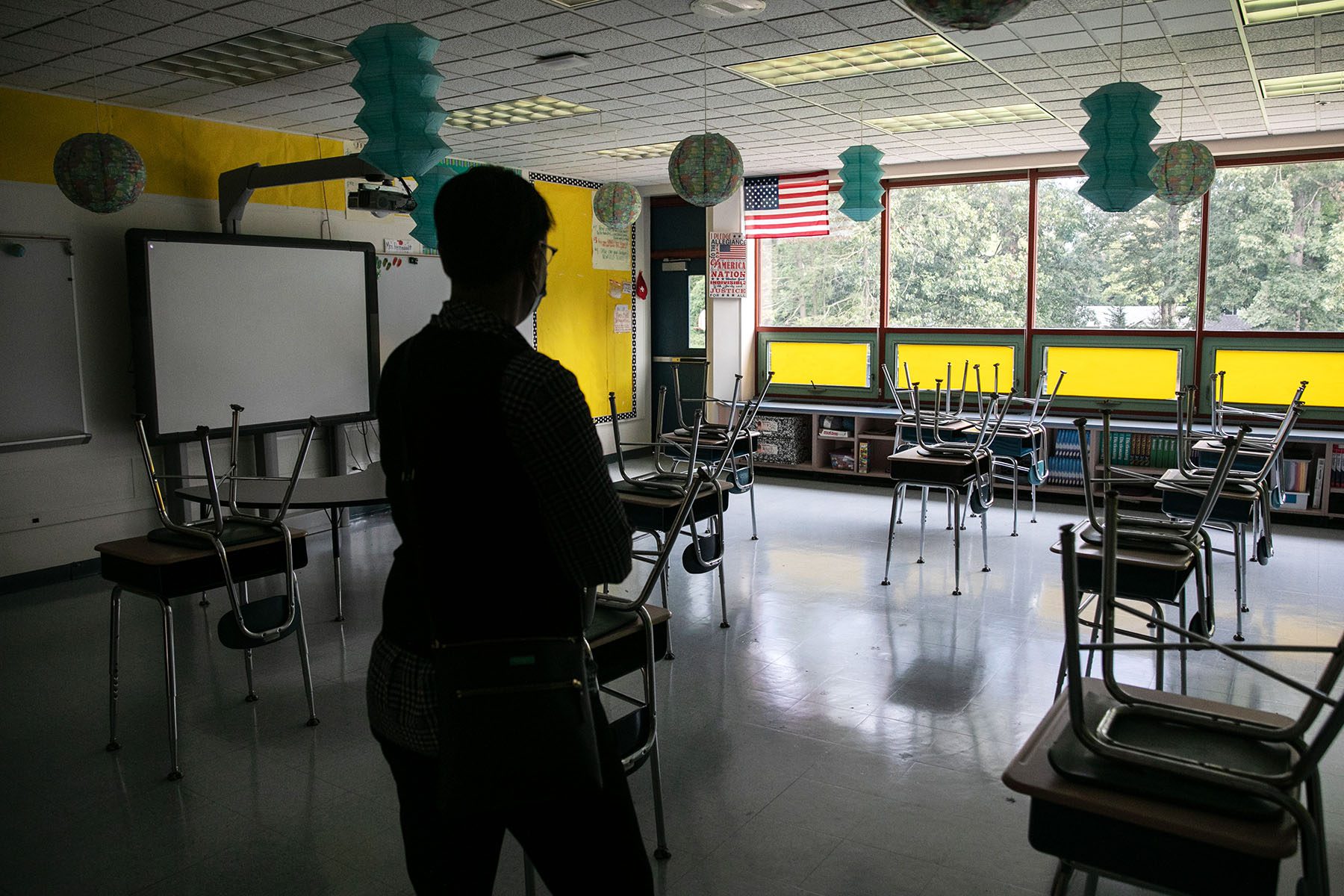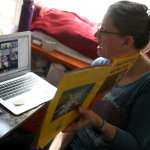No single incident led Kristen Craft to leave education after a nearly 30-year-career. It was a combination of the pandemic, a polarizing political climate and a public backlash against educators, she said.
Craft fielded complaints about masks and critical race theory, some of which escalated to full-on threats, all while working nonstop, she said. Before long, the veteran administrator, named Kansas High School Principal of the Year in 2021, felt burned out. Just as teachers and children have felt high amounts of stress during the pandemic, so have principals, as they dealt with the mental health of students and faculty, staffing shortages and shifts in teaching methods. All the while, they faced growing hostility from some policymakers and members of the public.
“People have become much more brazen during the pandemic,” said Craft, who last year left her post as principal of Andover High School near Wichita, Kansas. “It’s so divisive. We lost just decent conversations and people listening to one another. Instead, as principals or superintendents, we kind of just had to grin and bear it; people were almost allowed to mistreat us. I’ve just never seen so much mistreatment.”
A new RAND Corporation study found that 80 percent of secondary school principals experienced frequent job-related stress during the 2020–2021 school year. Women principals — along with principals of color, principals of high-poverty schools and principals of schools with high numbers of students of color — were particularly likely to experience “constant job-related stress,” researchers found.
A global policy think tank, RAND did not ask principals about stress pre-pandemic, but older reports show it rising: In the National Teacher and Principal Survey, the percentage of principals who said they would immediately leave their job for a high-paying counterpart jumped from 25 percent in 2015-2016 to 43 percent by fall 2020.
Supporting the mental health needs of staff and students was a top source of stress for the principals RAND surveyed. Eighty-six percent named supporting teachers’ mental health as a source of stress, while 59 percent said it was among their top three sources of stress. Seventy-two percent of principals said supporting students’ social and emotional learning caused them stress, and 38 percent put it in their top three.
Gwendolyn Taylor is no exception. As principal of Huntington Middle School in Perry, Georgia, where most children qualify for free or reduced lunch, she’s seen students disproportionately affected by COVID-19. Their family members have lost their livelihoods and, in some cases, their lives. But the school, which has roughly 850 students, does not have a mental health counselor, Taylor said. So, she lends her “listening ear” to students and families who need support, relying on her religious faith, she said, to be the rock of her community.
“Our kids carry a lot on their mind and in their heart about situations they have no control of that are going on at home,” said Taylor, a board member of the National Association of Secondary School Principals (NASSP). “They just can’t drop it off at the door. So, I think we need mental health counselors to truly first focus on the child, and, then, we can focus on the academics. I’m not saying to put academics on the back burner, but you’ve got to focus on the whole child as well.”
An educator since 1985, Taylor said that no point of her career has been as stressful as the pandemic years. In mid-January, Taylor contracted COVID-19. She was out for eight days, but came back despite a lingering cough and a voice that’s noticeably weak, because she felt that the school community needed her.
Seventy-two percent of principals said that instructional model changes, such as switching from in-person to distance learning, was a source of stress, and 43 percent named these shifts as a top three source of stress, the RAND study found. Remote schooling put a particular burden on principals who had children at home.

“We found that remote principals and hybrid principals were more likely than in-person principals to select child care for their own children as a stressor,” said Ashley Woo, coauthor of the report and an assistant policy researcher for RAND.
Mother to a sixth grader and a 10th grader when the pandemic shutdowns began, Cindy Cromwell had to juggle doing her job as an elementary school principal remotely as she helped her own children navigate distance learning.
“I remember my daughter taking geometry and going, ‘I just don’t get it,’” said Cromwell, now the principal of Kelso Virtual Academy and Loowit High School in Kelso, Washington. “I’m thinking ‘Oh, my gosh, I haven’t taught geometry.’ Like that was new learning for me, so we’re trying to figure out all the supports in place and what websites we can go to to help her out. I had the role of being a principal, being a mom, being a wife, all of those combined.”
In 2020, Cromwell also had the pressure of leading a growing virtual school as parents in her community increasingly sought out a long-term remote learning option. The student body grew from a few dozen to over 1,000, putting the onus on her to find faculty for the expanding school. She also had to familiarize teachers with video conferencing software and other technology needed to engage in professional development.
“It was fun, but it was absolutely stressful,” said Cromwell, named a national digital principal of the year in 2021 by the NASSP. Not being able to communicate with parents in person was particularly difficult, she added. “Normally when parents enroll their students, they walk into the school and they meet the principal. They meet the staff and they have conversations and dialogues. That couldn’t happen because families weren’t allowed in schools. We had to meet them through Zoom or phone calls and send letters home.”
Most schools didn’t have to staff up like Cromwell’s, but staffing, including finding substitute teachers, continues to be a source of stress for two-thirds of principals, according to RAND. About a third cited it as one of their top three sources of stress.
On top of trying to meet others’ mental health needs, shifting instructional models and staffing challenges, many secondary school principals likely suffered forms of stress that are hard to categorize, Woo said. That is particularly true for women and people of color.
“There are a bunch of things that we weren’t measuring in this specific survey that could be related to why principals of color and female principals might be experiencing higher levels of stress,” she said. “And that might be related to microaggressions, biases, double standards — just a general lack of support for those principals.”
While women make up a slight majority of elementary school principals, men are more likely to lead secondary schools. Being a woman high school principal can be difficult, said Craft, now an educational leadership coach. It can be lonely to be in the minority, and women have to be very deliberate about how they lead, she said.
“If I’m too nice, I’m a pushover,” she said. “If I look a certain way, if I wear certain clothes, I’m much more scrutinized than, say, a male counterpart. We say I’m sorry a lot, which is gross, but we do. I just always remember, prior to speaking, ‘How do I say this in a way that doesn’t piss somebody off.’ I don’t think men think that. I think they’re just direct. They’re just straightforward.”
Principals have experienced different levels of stress depending on their own identities and the school communities they serve, but their emotional well-being may have deep consequences for the education profession. The current teacher shortage that’s made national headlines also coincides with a less discussed national principal shortage.

In fact, the RAND report on principal well-being during the pandemic’s first year cited a 2020 NASSP poll that found COVID-19 prompted 45 percent of the administrators to hasten their plans to leave the education profession. The pandemic led a quarter of surveyed principals to consider leaving their positions for the first time, the NASSP poll said.
“It’s a very logical train of thought that if they are experiencing such high levels of stress and difficulty coping then that could potentially lead to higher levels of turnover,” Woo said. “Our study shows that they definitely do need more support, and we should be thinking about these supports in addition to the supports that we’re thinking about for teachers and for kids.”
Multiple principals said educators should just be treated as professionals with expertise in what they teach students, and how. Over the past year, 36 states have introduced or enacted legislation that would restrict what teachers can say about race, racism or the nation’s history related to those topics. Parents and policymakers have accused educators of making White children feel bad about their race and indoctrinating them into a radical leftist ideology.
Craft pointed out that she has three degrees, including a doctorate, and said the training educators obtain to perform their jobs effectively has gotten lost in a political climate that’s seen an uptick in parents and policymakers questioning what children are learning in school.
Taylor echoed that.
“Let the people who work in education, who know what is going on day by day within those buildings, make the decisions for education, and leave all the other things outside of the building,” she said.







